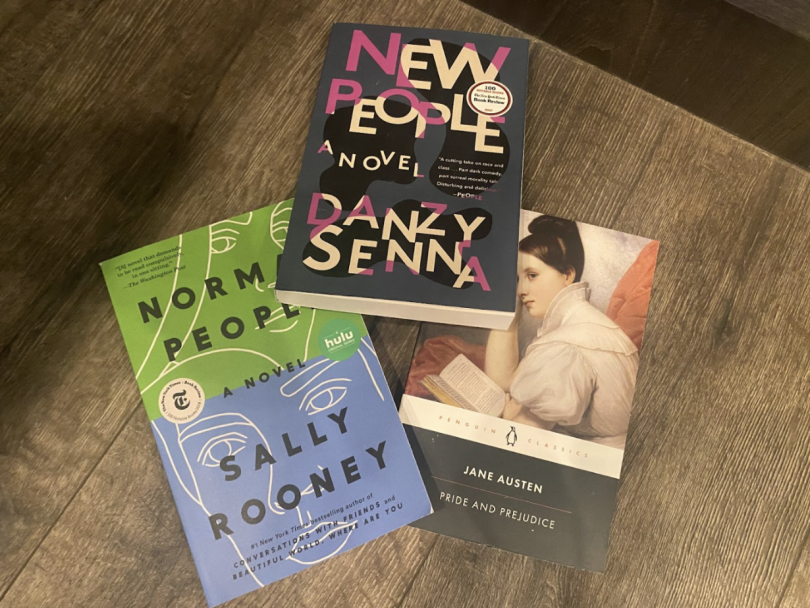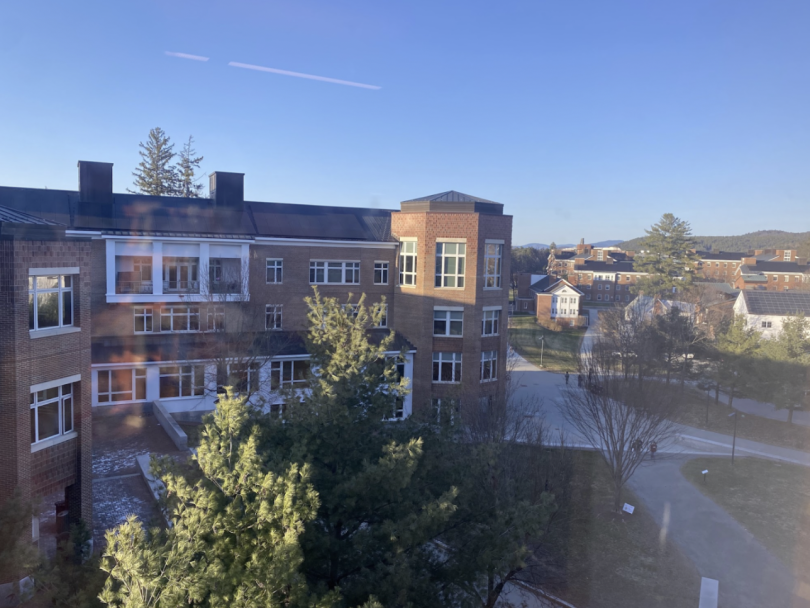
Class Spotlight: Writing 5
Dartmouth gives first-year students a few different paths to fulfill the writing requirement:
(1) A two-term sequence called Humanities 1-2
(2) A different two-term sequence simply called Writing 2-3
(3) The Writing 5 + First-Year Seminar (FYS) combo.
While there's a pre-matriculation placement to suggest which might suit you best, you ultimately get to choose your own adventure. My placement nudged me toward taking Writing 5 in the winter, followed by an FYS in the spring—so option three. The best part? Writing 5 isn't just one-size-fits-all—it's a buffet of fascinating topics. Whether you're into chemistry, true crime, or something in between, there's a class designed to make you a better writer and keep you hooked.
For my Writing 5, I landed in a class that felt less like an academic requirement and more like an incredibly fun, intellectually stimulating book club. Titled Interaction Ritual: The Novel and Psychology, the course brought together sixteen students for deep discussions on literature, psychology, and sociology. We read four novels—Pride and Prejudice, Passing, New People, and Normal People—and paired them with sociological readings from thinkers like Erving Goffman, Karl Marx, and Kimberlé Crenshaw. If that combination sounds a little unexpected, trust me, it made for some of the most engaging conversations I've ever had in a classroom.

Each class felt like a literary salon, where everyone brought their own perspectives, and no idea was too big or too small to unpack. We questioned social norms in Pride and Prejudice using Goffman's theories on self-presentation, debated racial identity and performance in Passing through Crenshaw's lens of intersectionality, and dissected modern relationships in Normal People with Marx's concept of alienation lingering in the background. Somehow, we always found ourselves spiraling into side discussions about everything from 19th-century marriage markets to the ways social media constructs our identities today. It was the kind of class where I left each session buzzing with new ideas, eager to continue conversations outside the classroom.

Beyond the discussions, this class pushed me as a writer. Coming from high school, I was used to analyzing novels through literary devices—symbols, diction, and themes. But this class forced me to level up. Instead of just identifying a motif, I had to ask: Why does this motif matter sociologically? What does it reveal about power, identity, or social structures? I found myself writing literary analyses that felt richer, more nuanced, and backed by interdisciplinary thinking. By the end of the term, I wasn't just looking at novels as standalone works of art; I was seeing them as reflections of broader societal forces.
If I had to sum up the experience, I'd say this class taught me that literature is never just about storytelling—it's about interaction. How we relate to characters mirrors how we relate to the world, and how authors construct their narratives often speaks to deeper social rituals. And most importantly, I learned that academic analysis doesn't have to be dry—it can be just as exhilarating as an impassioned book club debate.

















